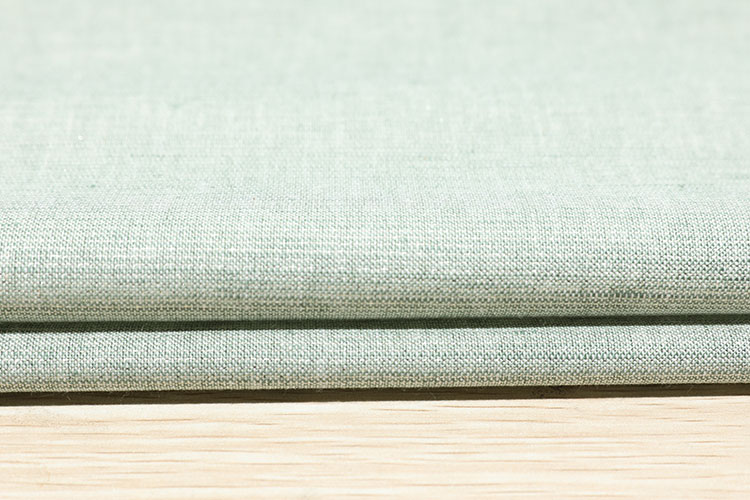Hemp-cotton dyed cloth, traditional cotton, and synthetic fabrics differ in various aspects, including their composition, environmental impact, dyeing processes, and properties. Let's explore the key differences:
Fabric Composition:
Hemp-Cotton Dyed Cloth: Hemp-cotton blends combine fibers from both hemp and cotton plants. Hemp fibers are known for their durability, strength, and sustainability, while cotton fibers are soft and breathable.
Traditional Cotton: Traditional cotton fabrics are made solely from cotton fibers. Cotton is a popular natural fiber known for its comfort and absorbency.
Synthetic Fabrics: Synthetic fabrics, such as polyester, nylon, and acrylic, are made from petrochemical-derived materials. They are manufactured through chemical processes and offer various properties like durability and wrinkle resistance.

Environmental Impact:
Hemp-Cotton Dyed Cloth: Hemp is considered an environmentally friendly crop as it requires less water and pesticides compared to traditional cotton. It also has a higher yield per acre and helps improve soil health.
Traditional Cotton: Conventional cotton farming can be resource-intensive, requiring significant water and pesticide use, potentially leading to environmental issues.
Synthetic Fabrics: The production of synthetic fabrics involves the use of petrochemicals and energy-intensive processes. These fabrics are not biodegradable and contribute to microplastic pollution.
Dyeing Processes:
Hemp-Cotton Dyed Cloth: The dyeing process for hemp-cotton blends is generally similar to that of traditional cotton fabrics. Both natural and synthetic dyes can be used to color these fabrics.
Traditional Cotton: Cotton fabrics are commonly dyed using a variety of dye types, such as natural, vat, reactive, and direct dyes.
Synthetic Fabrics: Synthetic fabrics are often dyed using different types of synthetic dyes, which can be formulated to achieve a wide range of colors and effects.
Properties and Feel:
Hemp-Cotton Dyed Cloth: Hemp-cotton blends offer a combination of the durability and strength of hemp with the softness and comfort of cotton. The resulting fabric can be breathable, moisture-wicking, and resistant to wrinkles.
Traditional Cotton: Traditional cotton fabrics are known for their softness and comfort, making them suitable for various clothing items.
Synthetic Fabrics: Synthetic fabrics can have different properties depending on the specific material. They often offer durability, moisture-wicking, and quick-drying characteristics, but may not be as breathable as natural fibers.
Hemp-cotton dyed cloth combines the benefits of both hemp and cotton fibers, offering a blend of strength and comfort. The environmental impact of hemp-cotton blends is generally more sustainable compared to traditional cotton or synthetic fabrics. Dyeing processes for these fabrics are diverse and can involve both natural and synthetic dyes. Each type of fabric has its unique properties and considerations, allowing consumers to choose based on their preferences and values.


 English
English Chinese
Chinese




 +86-573-81880066
+86-573-81880066 +86-13666752302
+86-13666752302 enbo_dong@126.com
enbo_dong@126.com